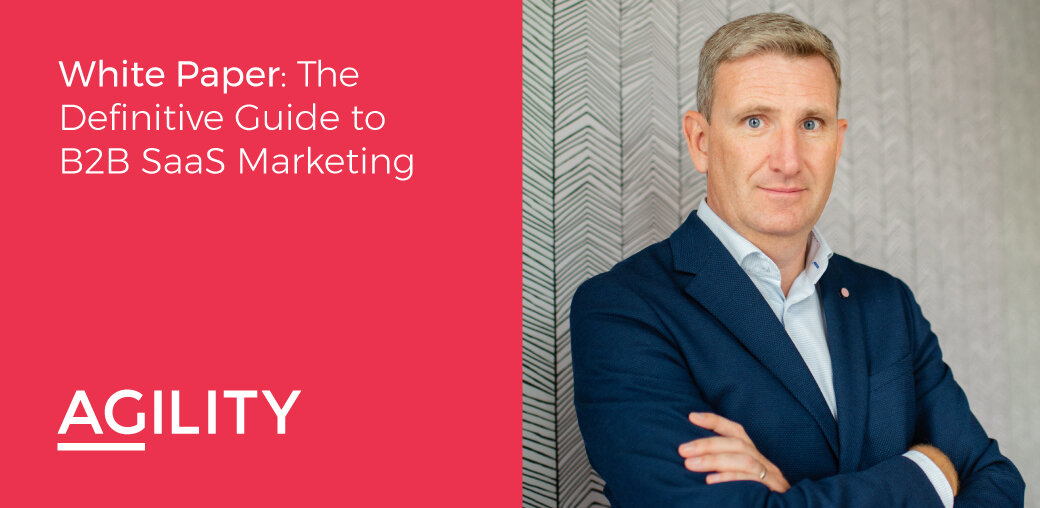I attended the Saas Meetup London hosted by Point Nine Capital, a leading early-stage VC based in Berlin. Here are some of my key takeaways from the event.
1. In a presentation entitled The 5 Stars of SaaS Growth, Christian Owens, the CEO of Paddle discussed 5 Common SaaS Growth Strategies to Move into New Markets:
1/ Monetisation — Price experimentation — Constantly iterate on your monetisation strategy.
2/ Move Upmarket — Selling to teams and enterprise. Grow your ACV and move upmarket by bundling users into deals across whole companies.
3/ Move Downmarket — Maximize user signups then upsell via self-serve plans to grow revenues without intervention from a sales rep for a segment or all of your users.
4/ International Expansion — Maximise conversions across every global market.
5/ Product Expansion — Attract new customers, and grow ACV with your existing customers.
“Constantly iterate on your monetization strategy (it nearly always pays off).”
Owens went on to use evidence from S-1 Filings from a number of Public SaaS businesses like Slack, Hubspot and Spotify to support his thesis.
My Take: A key decision for most B2B SaaS businesses will be how to identify which of these strategies to prioritise. Again this is something Owens addressed as he argued that focusing on Monetisation and Moving Upmarket (the preferred Unicorn growth path) represented the strategies which were likely to have the biggest revenue impact.
2. Shefali Roy, COO + CCO at TrueLayer spoke about Growth: Creating Operational Efficiency as you Scale.
Roy spoke about the importance of hiring people from product-centric organisations as a key element of their hiring strategy to ensure that there was proper alignment from the start. She argued that if you have similar thinkers it helps align with goals and planning. She went on to indicate the importance of setting KPI’s and metrics early on, and having clear accountability (even with single-person teams).
Roy presented a Framework of Goal Setting (to be used each quarter)
1/ Context — Leadership provided context
2/ Plans — Team responds with a plan
3/ Integration — Leadership shares an integrated plan
4/ Buy in — Team leads read, review and agree
“If you want a bonus you should go to Google. If you hit your goals you get my thanks and you don’t get a P45. We are a startup.”
My Take: Ensuring employees have key goals, and accountabilities and are measured against agreed KPI’s is a vitally important element of all SaaS companies. Her approach based on an internal 2019 Goal Template (Spreadsheet) she shared was excellent (If I get a copy of it I will add it here).
3. Diogo Teles, VP Product at Rekki, gave an enlightening presentation entitled Building a Product Aligned To Users.
Rekki is a free mobile app for restaurants that allows you to order supplies and to easily chat with any supplier. Teles described how their obsession to detail in terms of understanding their target users lives played a key role in shaping their product.
For example, they had all of their product people do a 12 hr shift in a restaurant so they could understand the context that chefs (a key persona of theirs) were operating in. The insights gained were significant in helping to shape the product i.e. many were non-native English speakers which impacted the ability to order correctly. In fact, in many instances, they learned that it was not the chef who was doing the ordering as it was usually delegated to someone else.
Many kitchens had poor WiFi connectivity so the app needed to work in sub-optimal conditions again a nuance that would likely have been lost if they had not experienced the real-life context of their target users.
“I put the team in a delivery van at 3 AM to go to where they were bidding for lobsters at 4 AM. Buyers bid on the lobster, you smell bad, you get back into a van, pieces of paper here and there, fish-scales everywhere: but you learn.”
My Take: Teles showed the real power in having the product / development team get out of the building and to walk in the shoes of the people they were trying to build software for. Of course, every SaaS business knows this already but few go to the extremes Teles and his colleagues go to.
4. Melanie Scott, VP Customer Success of Peakon outlined a framework for Building a Successful and Scalable Customer Success Offering
1/ C-Level Buy In- revenue-bearing, voice in the board room, visibility
2/ Talented Team- customer and target focused, service orientated
3/ Scaleable Approach- Reflecting the customer journey, flexible
4/ Quality Data- customer and business insights
5/ Clear Customer Journey and Service Experience- SLA’s
6/ Strong Communication Plan- voice of the customer
7/ Technology- data-driven, scalable, efficient, tools like Gainsight, Peakon and Zendesk Service Now
“In a startup when you don’t have the money for compensation — offer them flexible benefits around lifestyle + recognition.”
My Take: The approach and insights from Scott were solid, however, most of the attendees in the room represented Pre Series B SaaS companies, so for now, most are some way off having the customer numbers to have a fully-fledged customer success function.
5. In a fire-side chat with Julia Morrongiello of Point Nine Capital, Phillip Chambers Co-Founder & CEO Peakon discussed some of the key lessons learned on their growth journey. He spoke a lot about hiring and some of the challenges they have faced. One lesson in particular resonated, when he stressed the need to avoid ‘title inflation’ when you promote internally. He recommended companies “do a Google” and to avoid creating C suite level roles too early. Sometimes expectations get out of kilter and need to be reigned in.
“We have an internal talent acquisition team to reduce acquisition costs and to improve the quality of the hires. They also understand your business better. We’ve worked hard on improving the interview process. With critical hires it is worth shelling out for a recruiter.”
My Take: Most SaaS businesses can be slow to bring a talent lead in-house. If plans are likely to mean 5+ new hires in the following calendar year it is timely enough to then prioritize this hire. Alongside recruitment they can also help focus on goal setting and performance management things that often get neglected in the early days of the startups life.
6. David Hart, the Co-founder at ScreenCloud spoke about How a Focus on Content Got us to $5m ARR & Beyond D.
Hart spoke about the success they have had with content as the primary led generating engine for the company, and how their approach has evolved over the years. As the ‘before and after’ images below indicate, there are 6 key differences in their approach to content production, between when they started off (and conditions were more resource-constrained) compared to now.
He went on to discuss how they were now focused on creating pillar content for key personas, as well as experimenting with different content formats.
My Take: They represent a great example of where committing regularly to high-quality content pays-off, and how you can become more creative as you resource up. His point about content being a long-term investment is also spot on, something that is often lost on C-Suite executives in SaaS businesses.
7. Edmund Ovington , VP Global Alliances Unbabel, spoke about The Enterprise Sprint, laying out the journey Unabel have gone on in the past three years since he joined.
As recently as 2017, the company was largely selling to Startups, had a pricing page on their site that capped out at a very modest monthly amoung, had no six-figure deals, no clarity on their Cost of Acquisition (CAC), and continued to serve clients on a project-by-project basis.
Roll forward to 2019, and they have broken through the $10M ARR barrier, have much greater clarity on their value proposition and have increased their average deal ARR significantly while no longer doing one-off projects.
My Take: This presentation illustrated the great strides SaaS startups can make in a few short years. Many of the strategies embraced align neatly with the growth strategies outlined by Christian Owens from Paddle as documented above.
Overall, it was a very interesting day with lots of early stage B2B SaaS entrepreneurs in attendance.
About Alan
Alan Gleeson is a SaaS Marketing Consultant based in London with a passion for helping SaaS businesses to grow.
Follow Alan Gleeson on Twitter or visit Work With Agility to learn more.
This article originally appeared on Medium
Download my Definitive Guide to B2B SaaS Marketing

